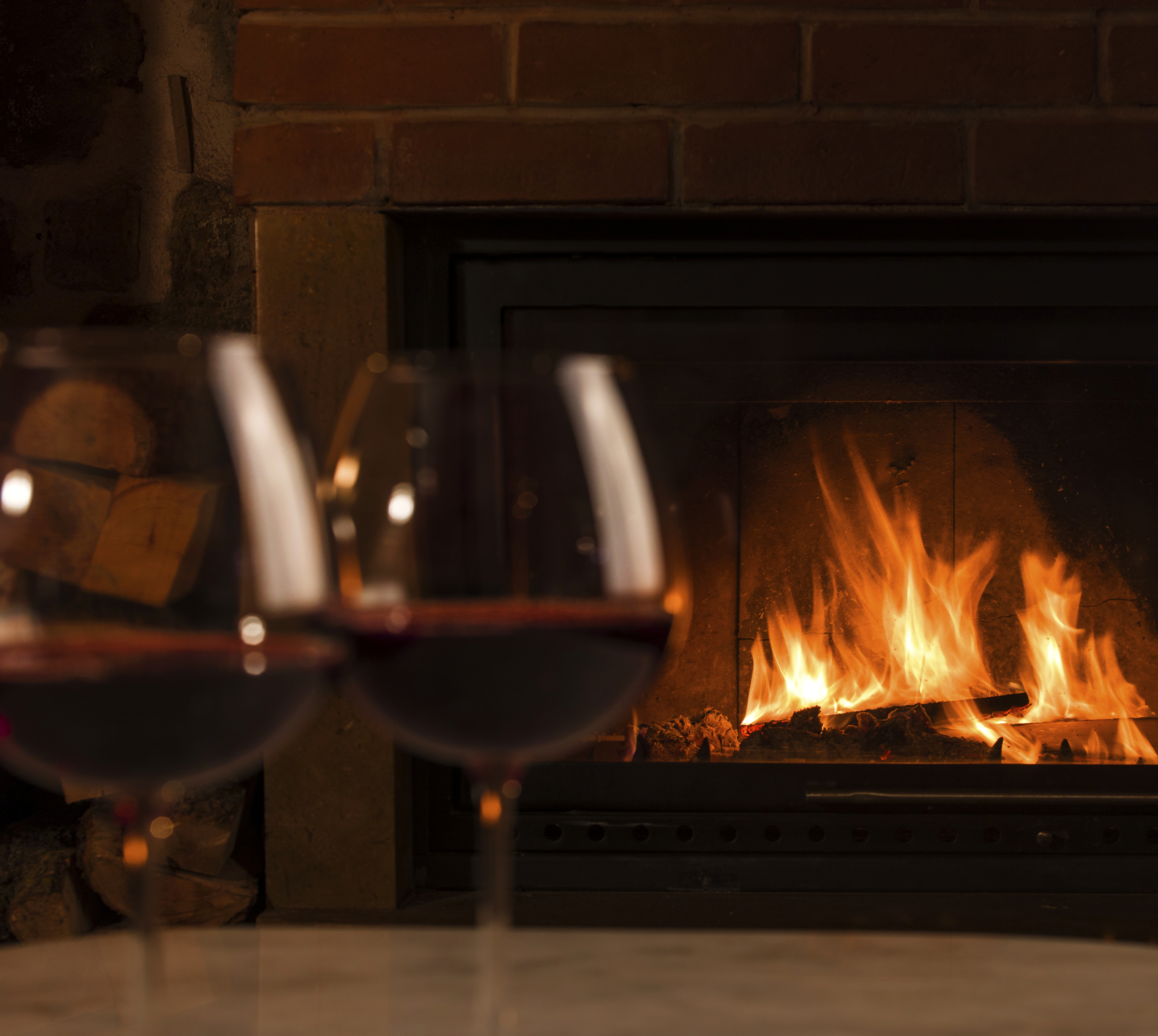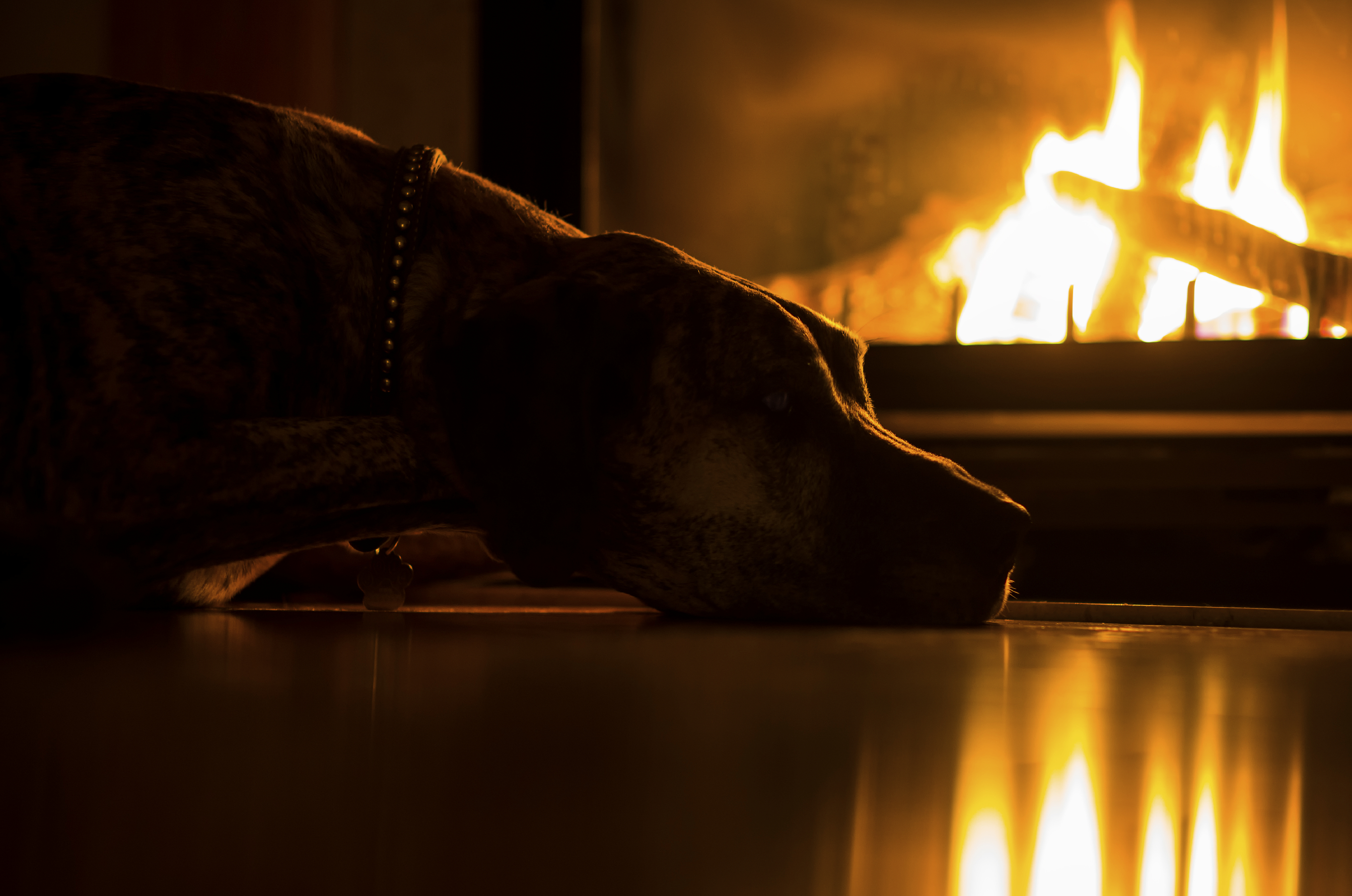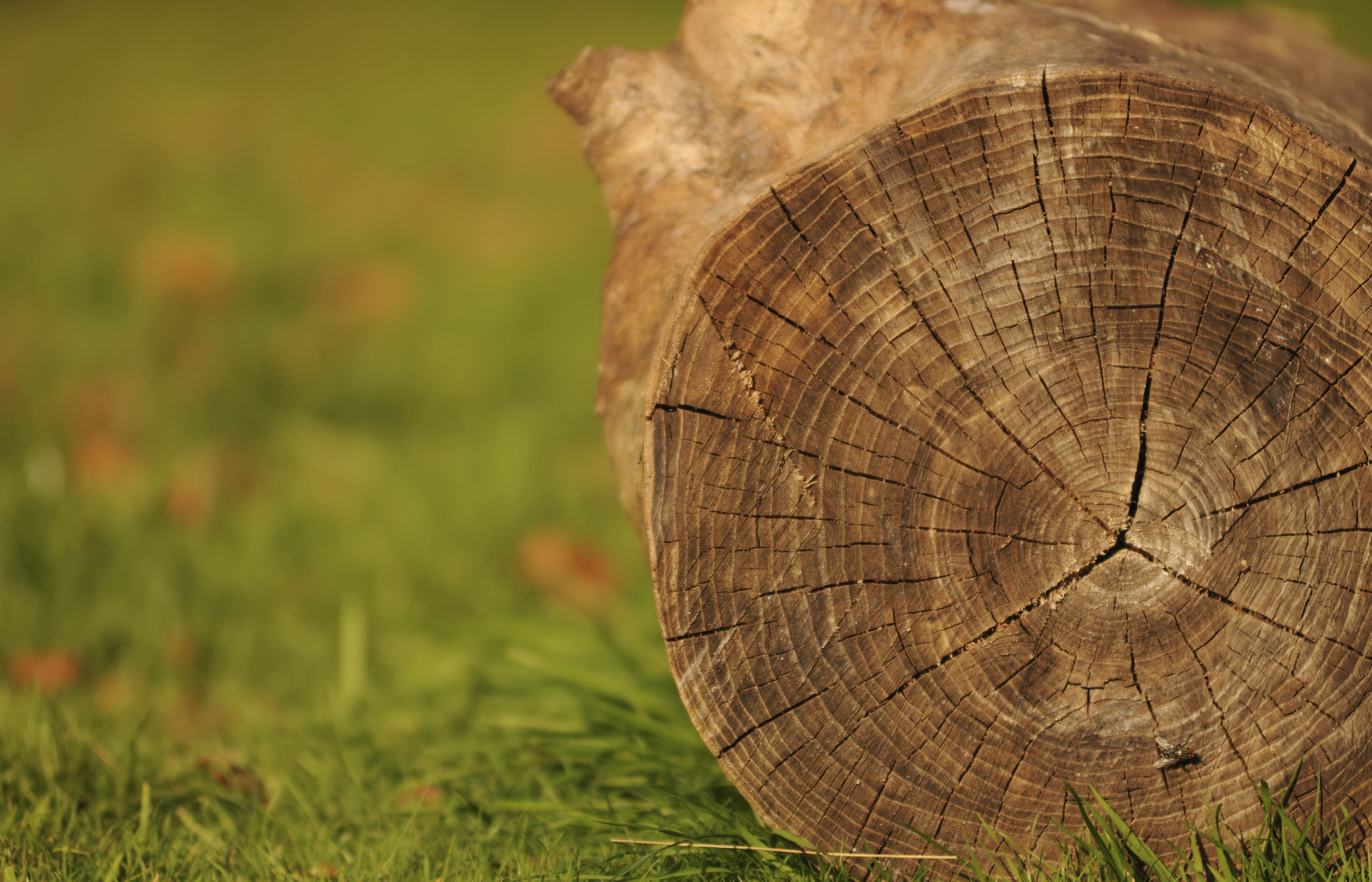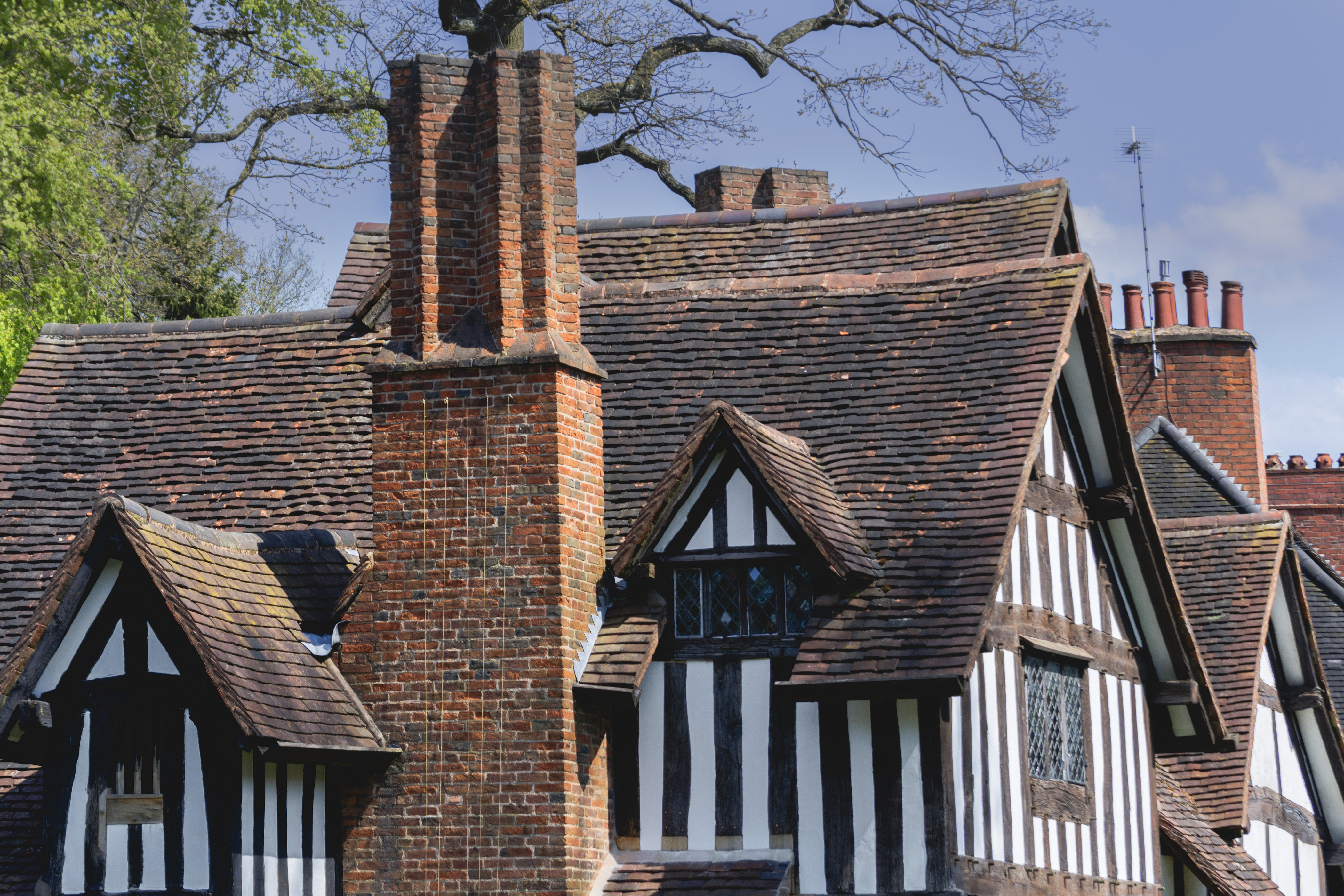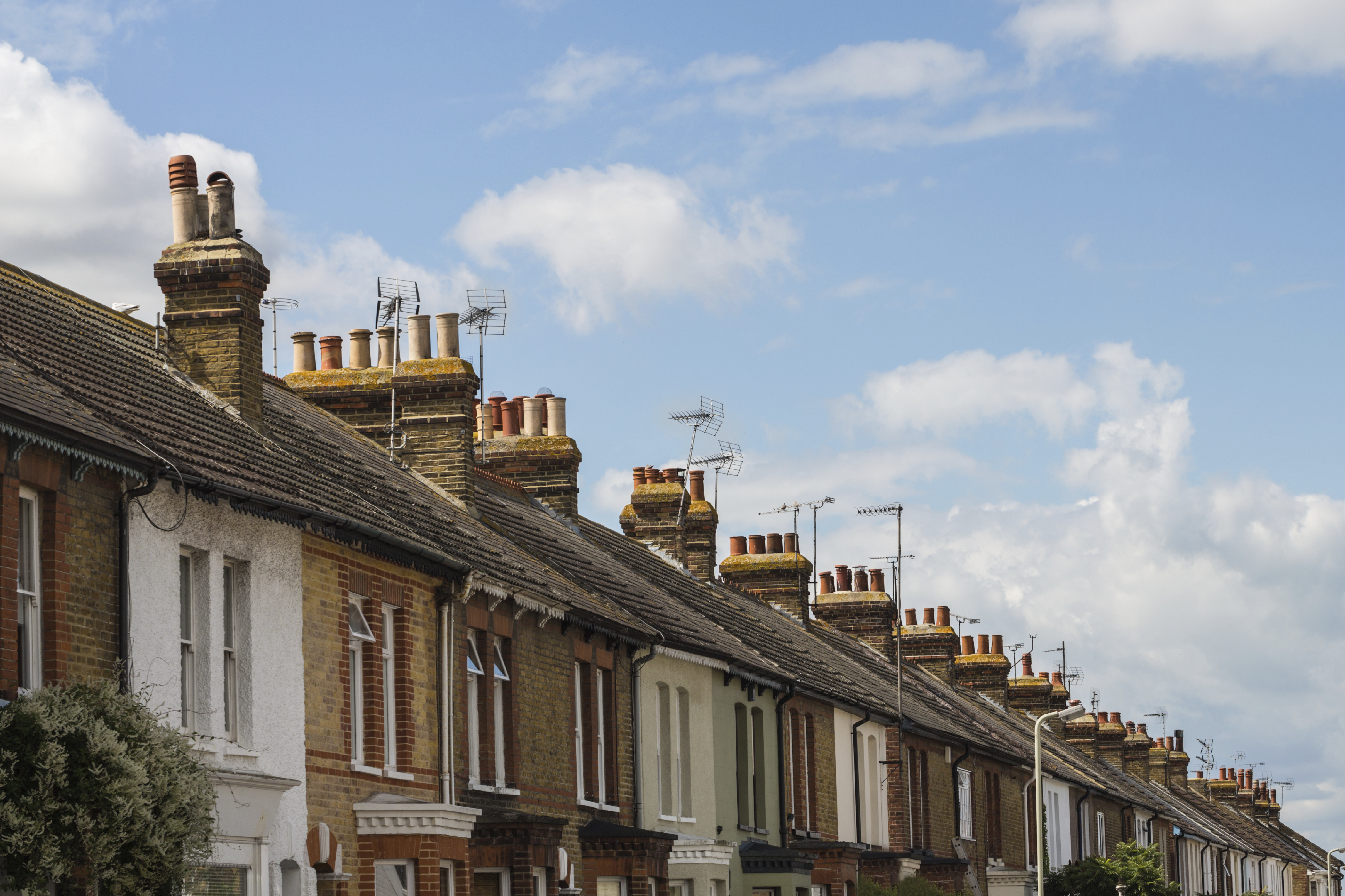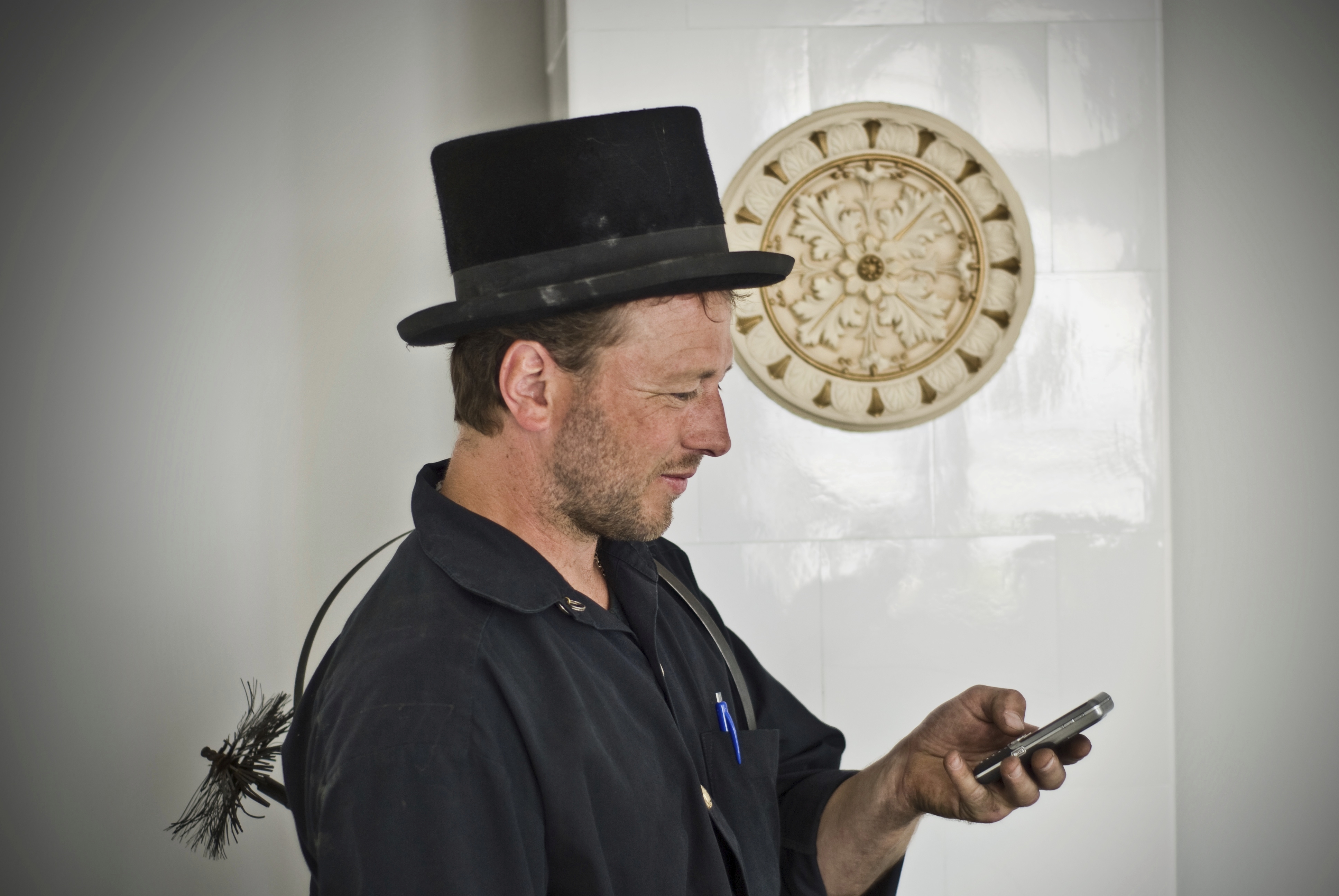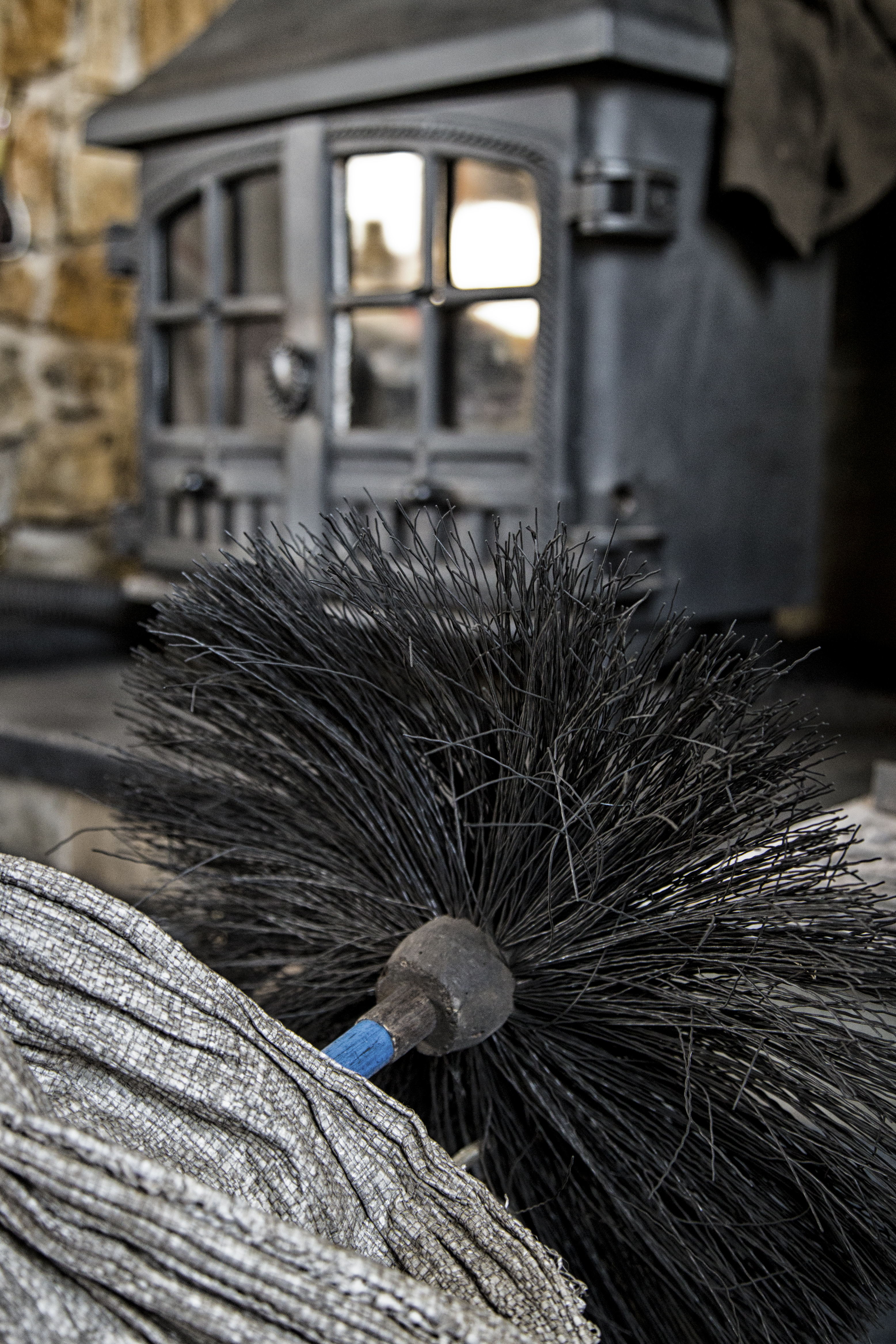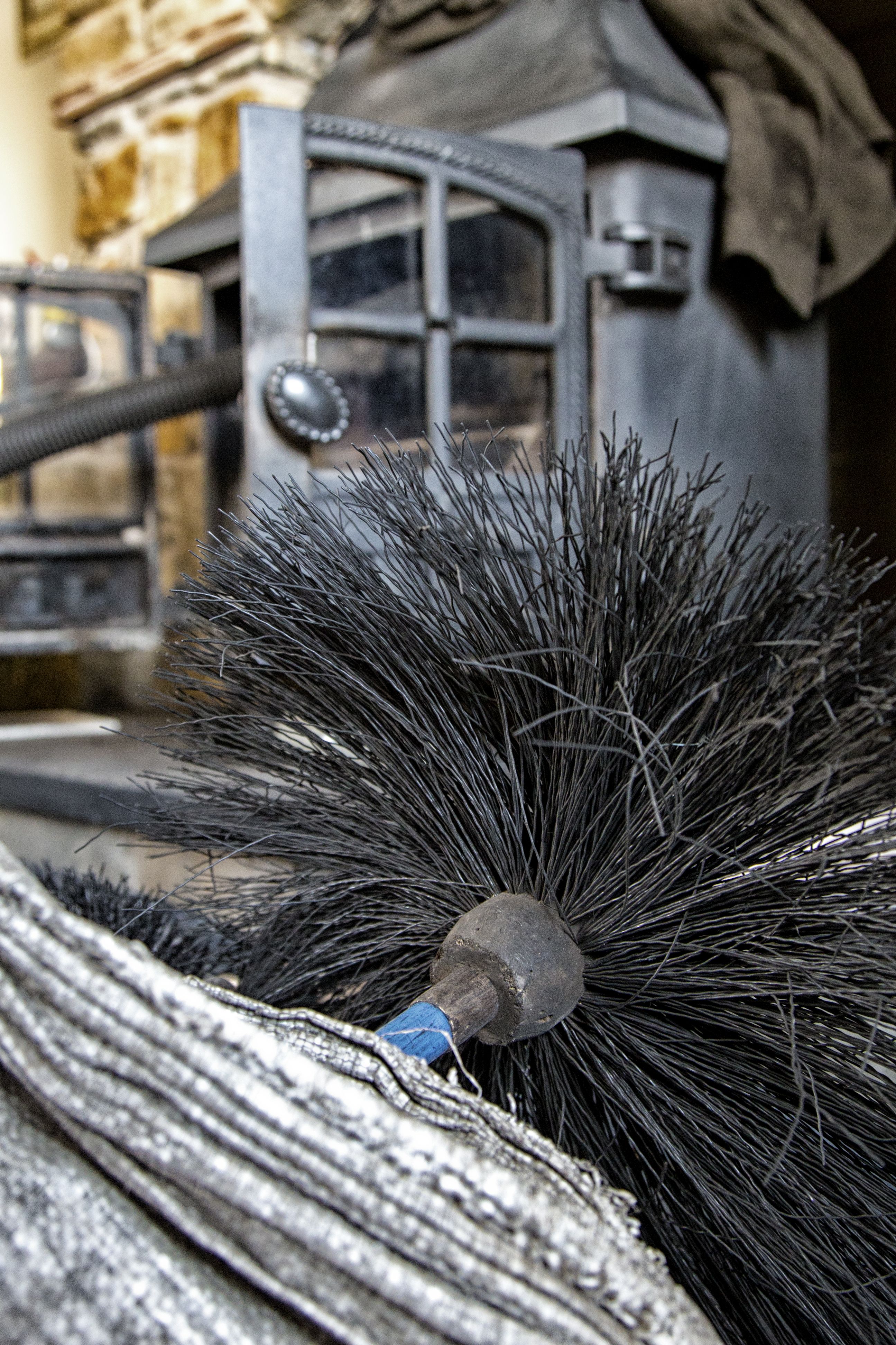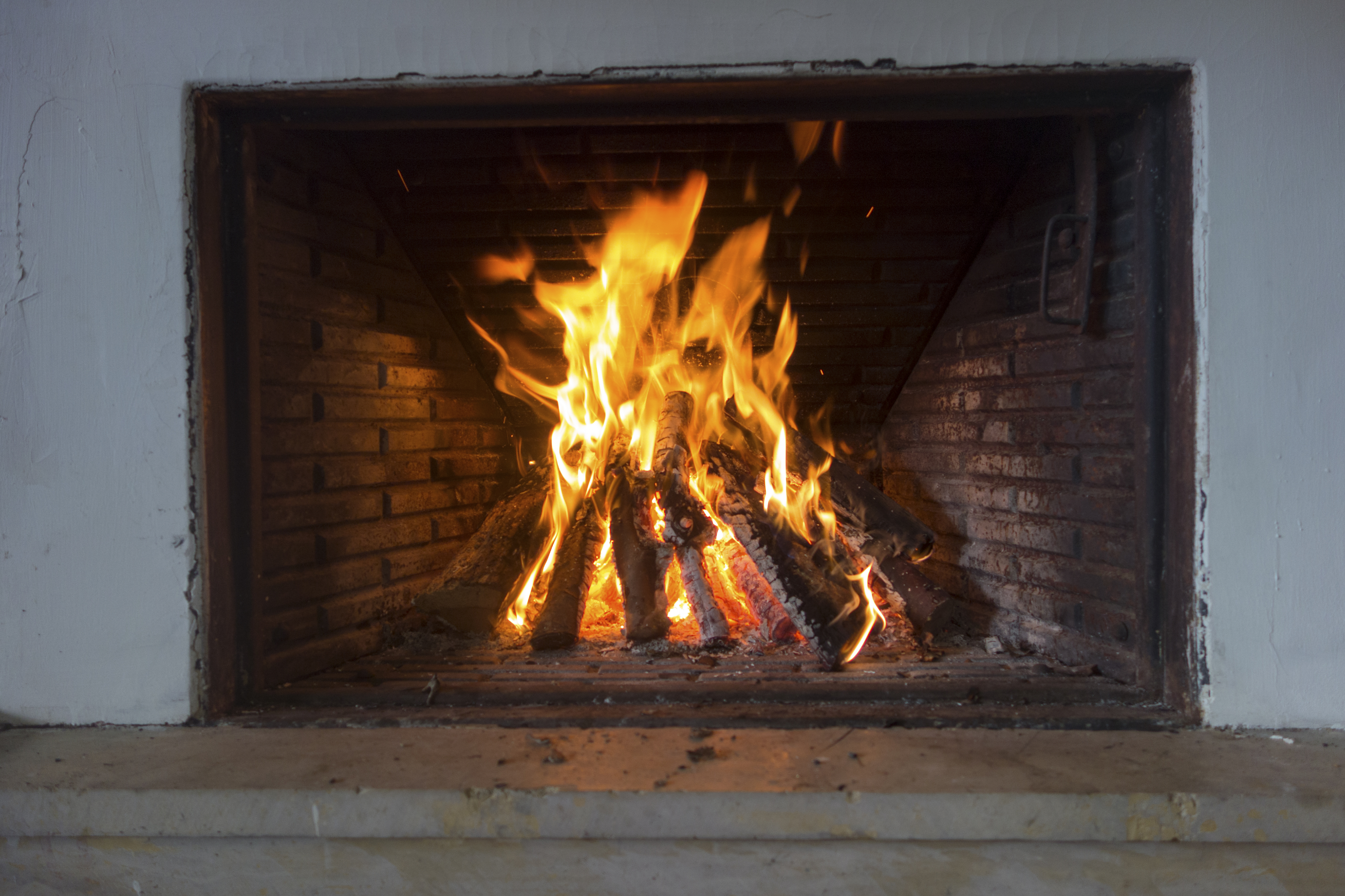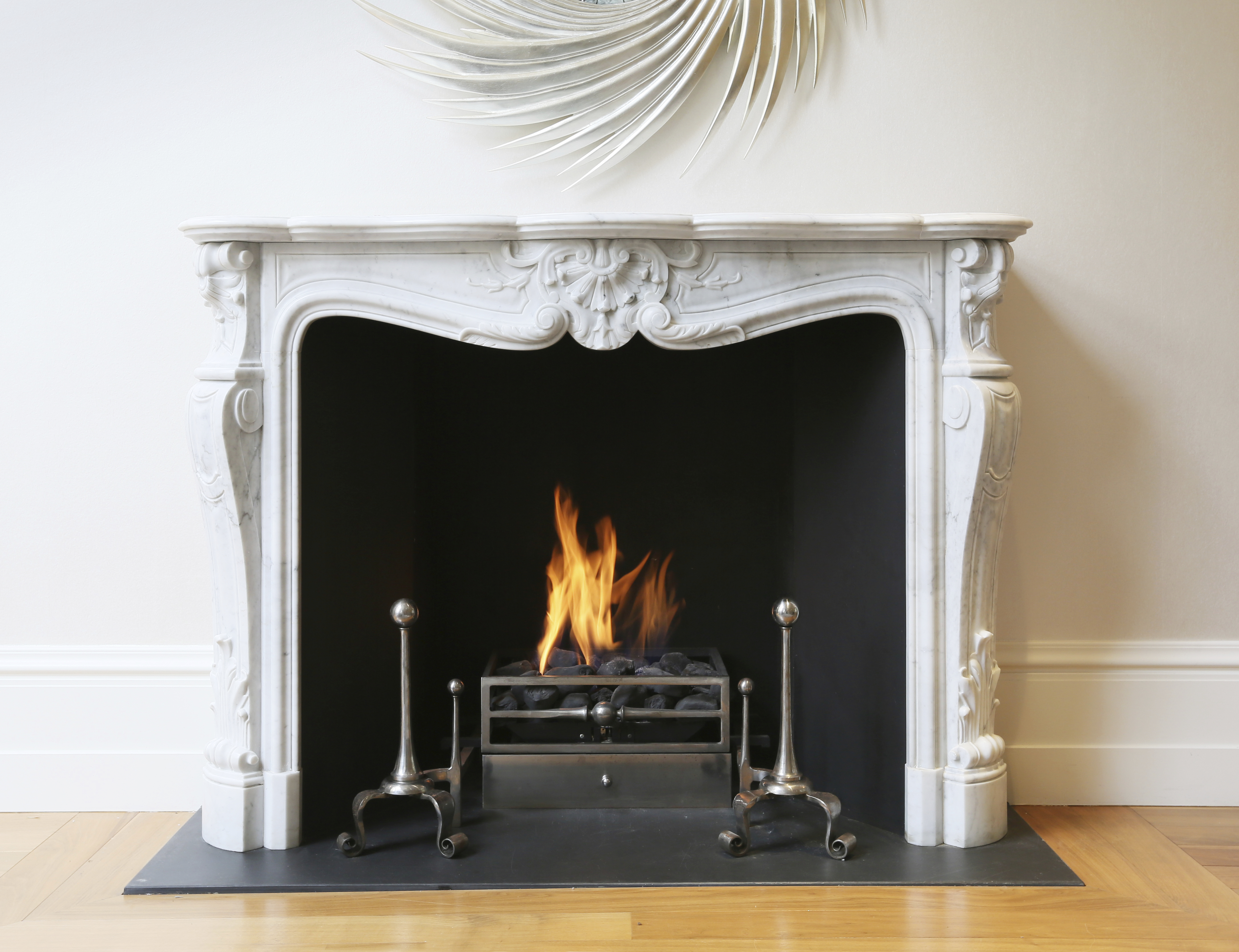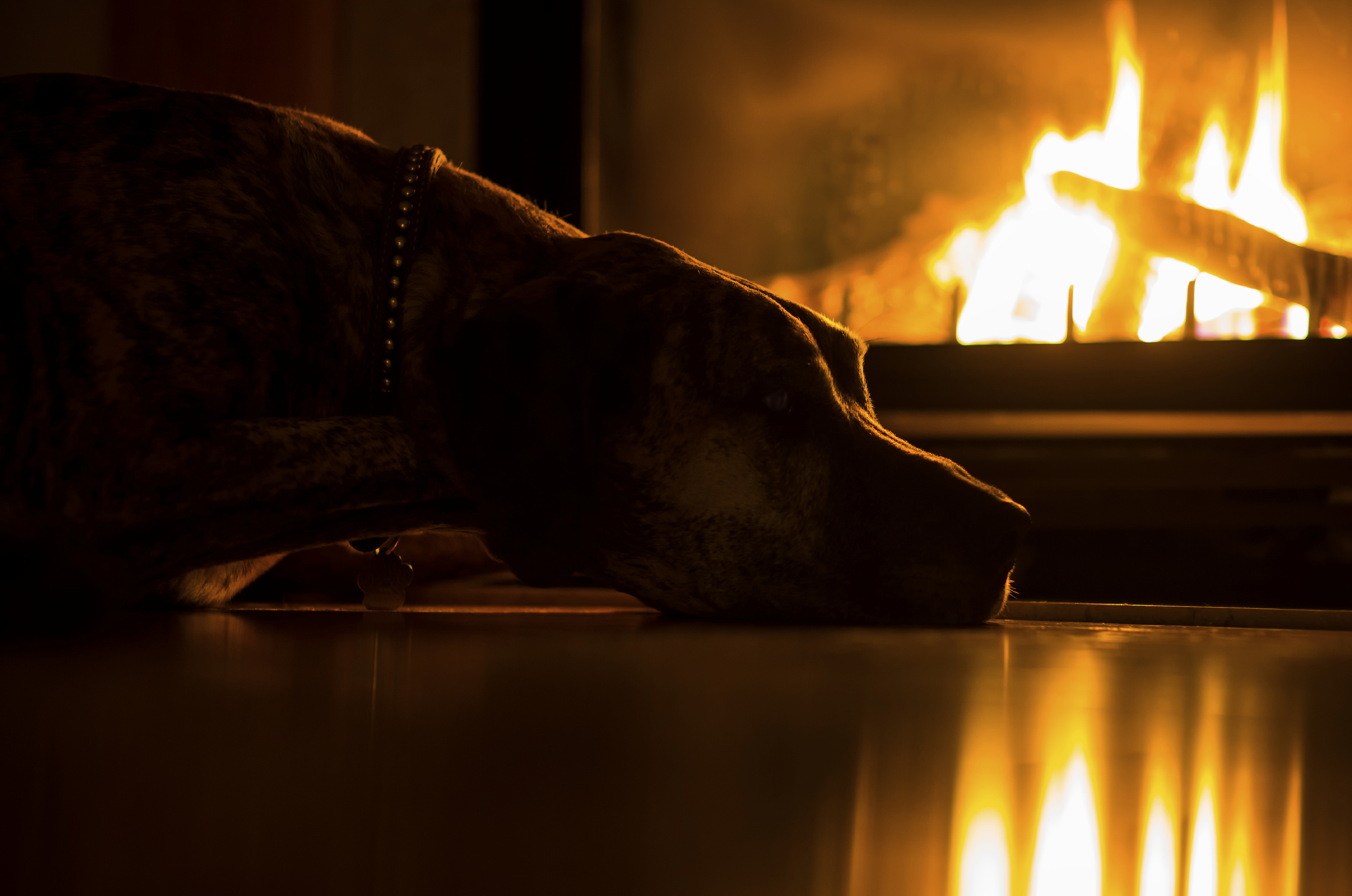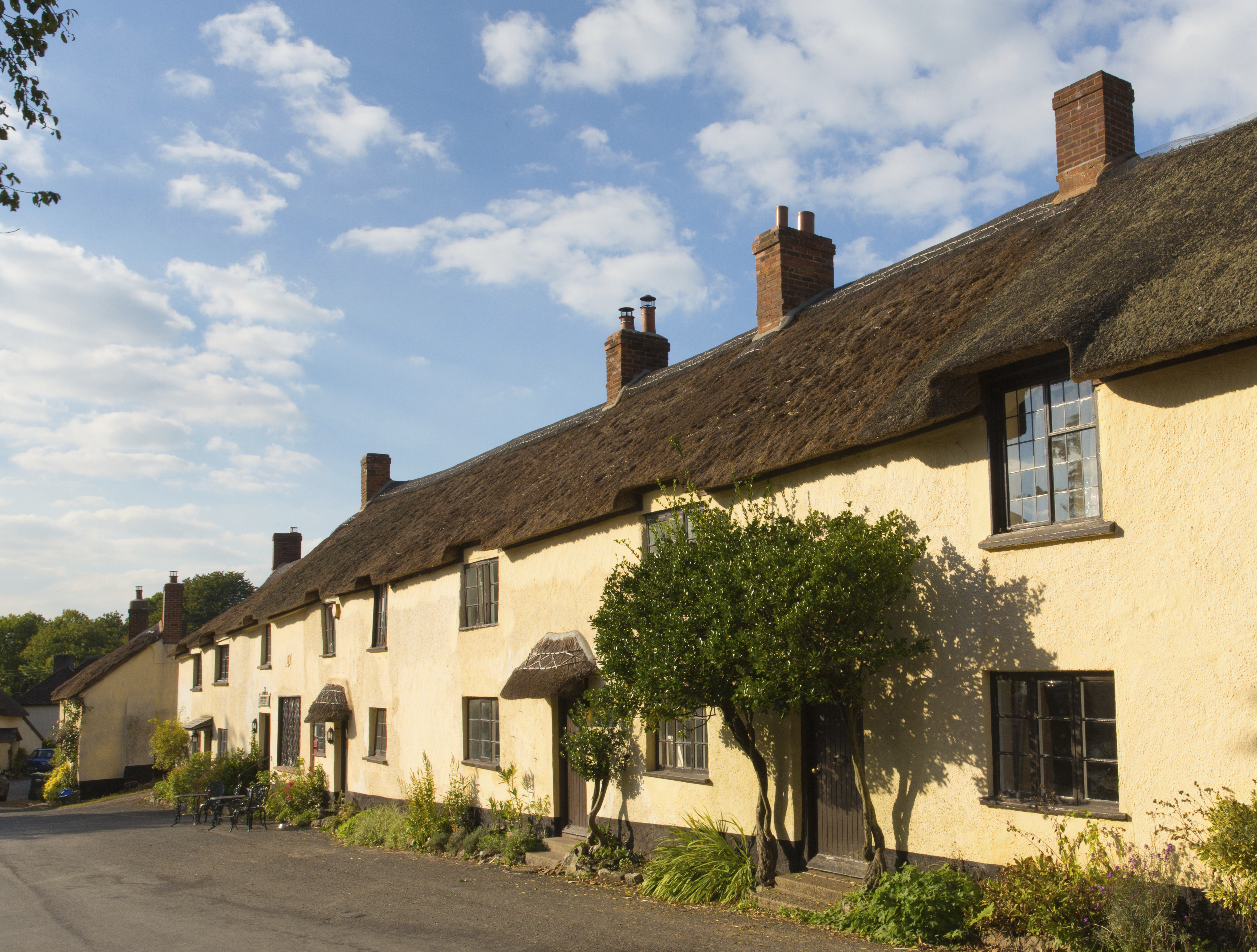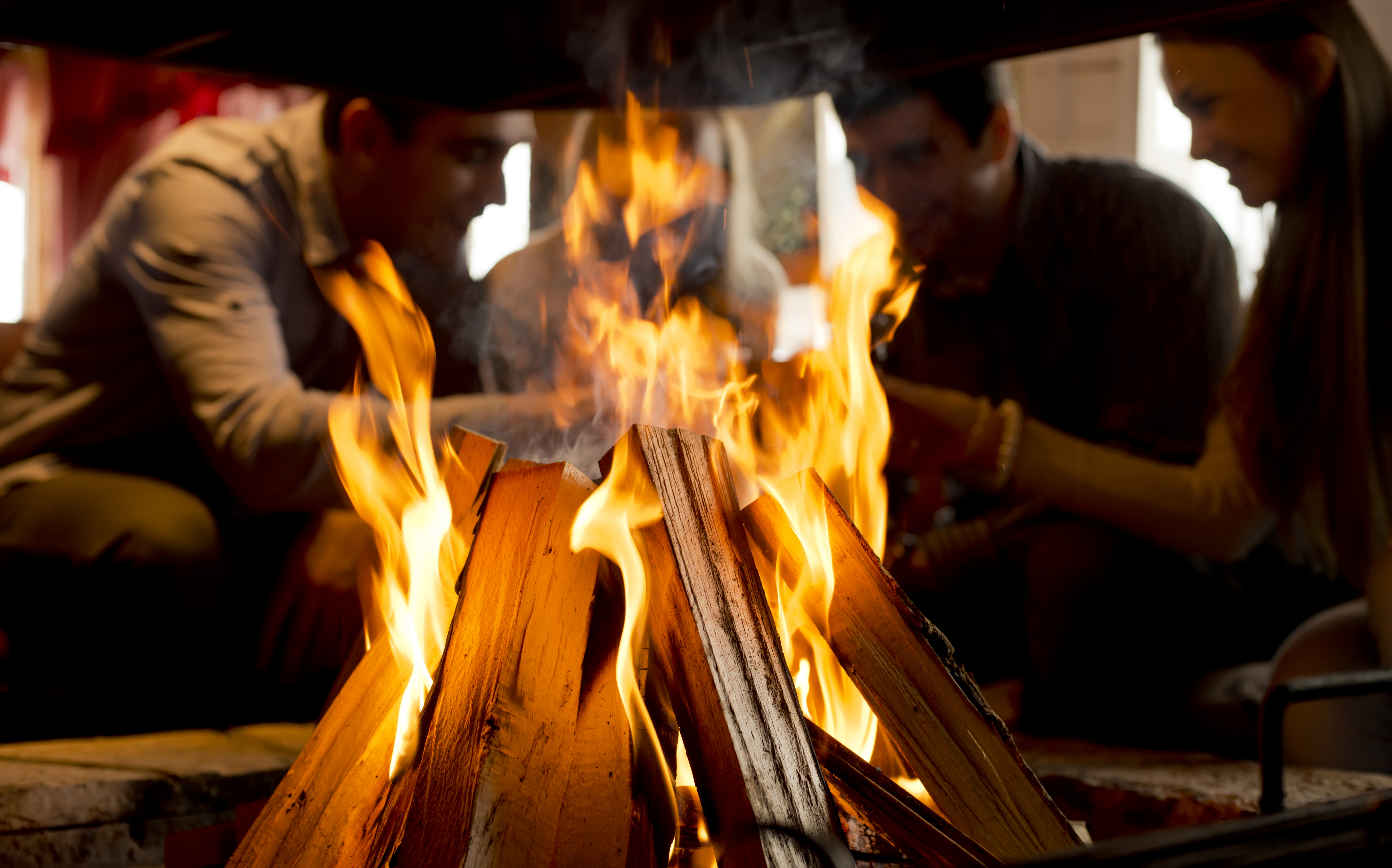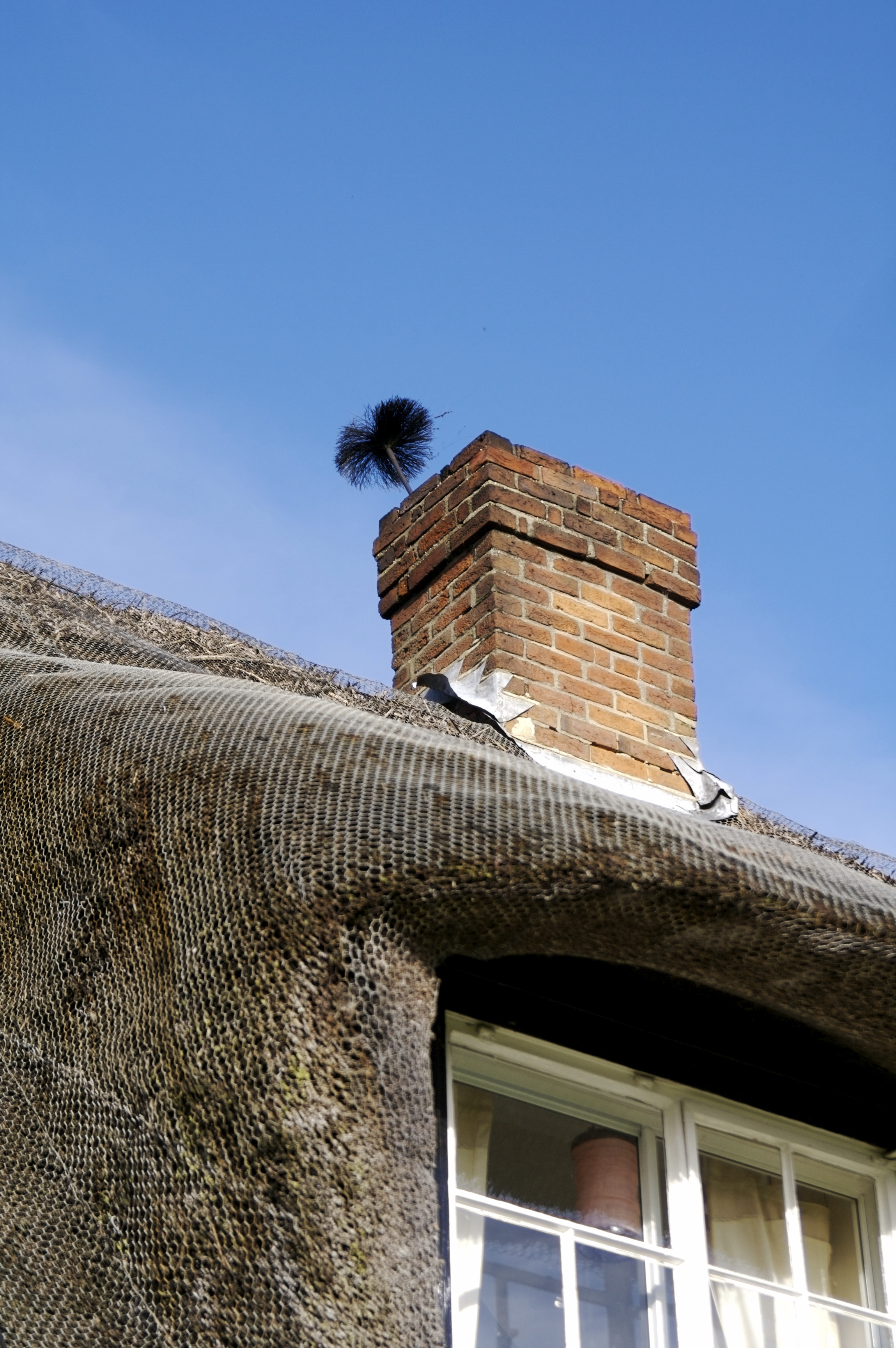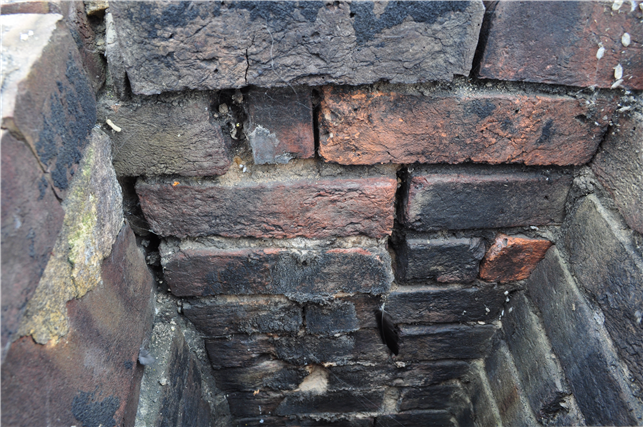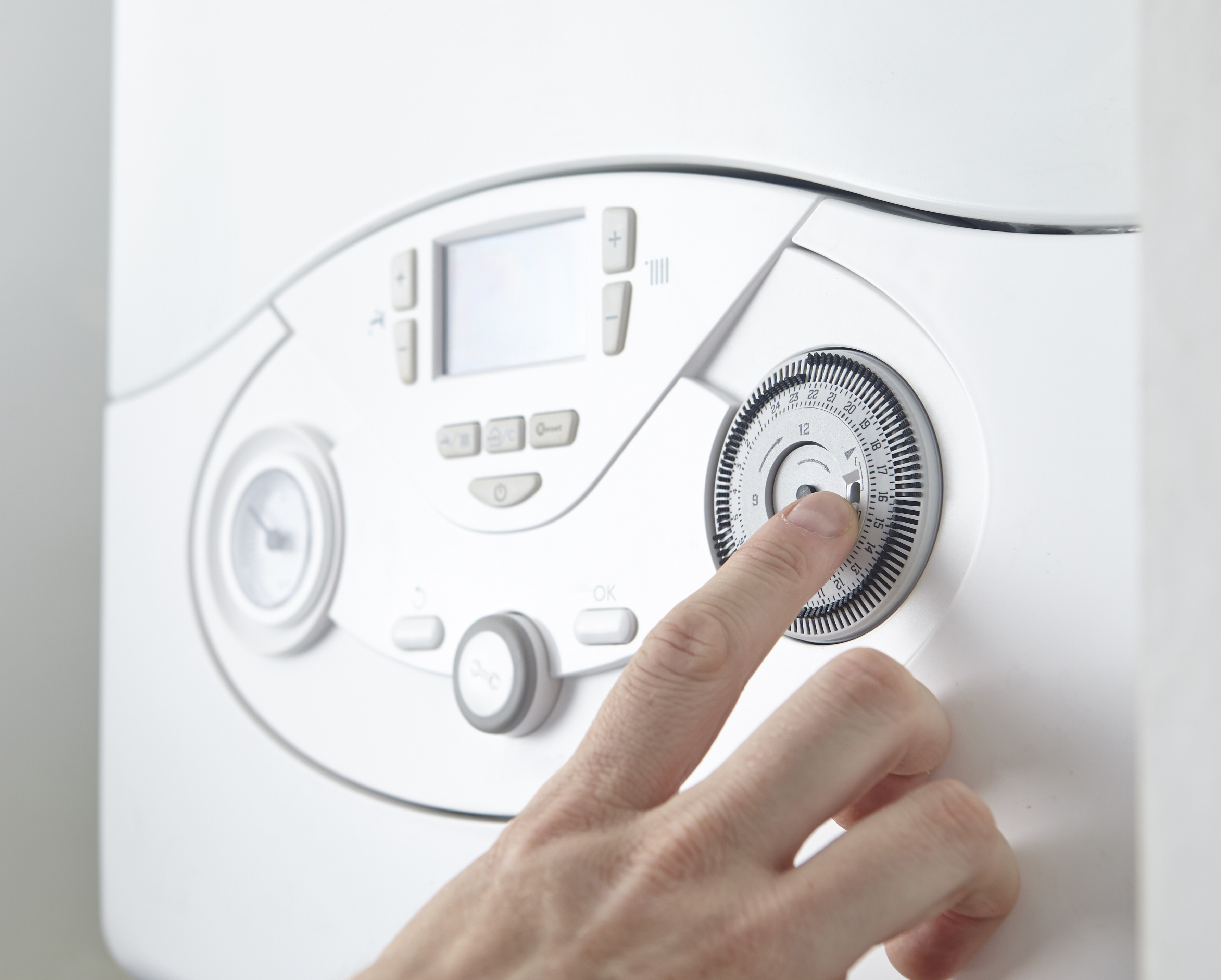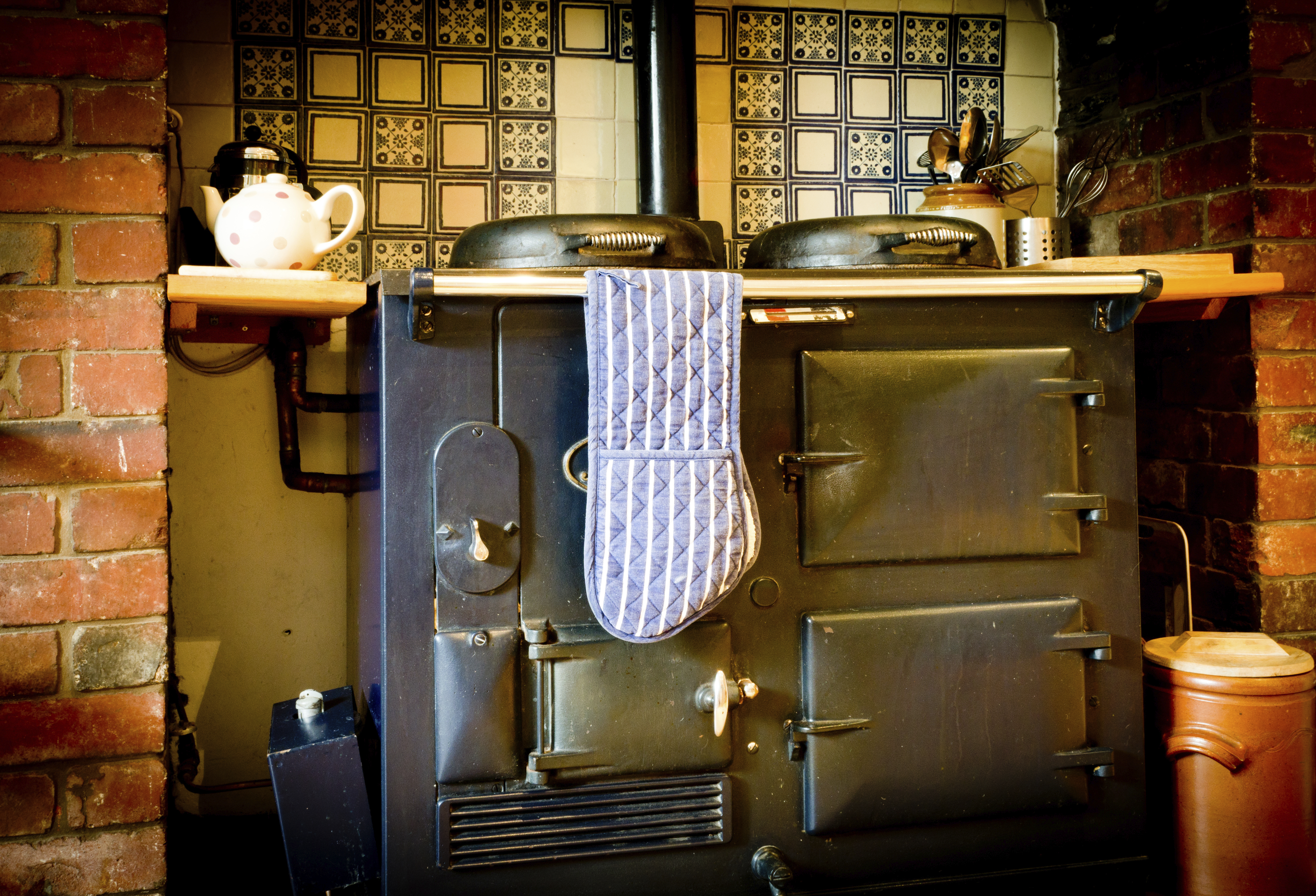Do I Need a New Chimney Liner?
You may already have a chimney liner but how can you tell if you need a new chimney liner?
Pre or Post 1965 Property?
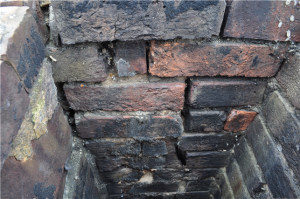
The cement holding the bricks together has disintegrated over time resulting in a leaky chimney that requires lining.
The most simplistic answer is that if your house was built before 1965, and you wish to use it for anything more than an open fire, then the odds are very good that you do in fact need a chimney liner. Older chimneys do degrade with time, with some degradation resulting in blocked chimneys.
Smelling Smoke Upstairs
When your fire is lit, if you can smell smoke in upstairs bedrooms that the chimney stack runs through, that is a fairly good indicator that your flue is leaking and in fact needs lining. It’s not always certain though as downdraught can have an impact, so be sure to ask us for a definitive answer.
What Comes Down When Your Chimney Liner is Swept?
As daft as it sounds, we can tell a lot by what comes down the chimney when it’s swept. If you have a stainless steel liner and there are flecks of rust in the soot, this indicates there is an issue and we would advise having a CCTV survey to find out the extent of it. It’s worth having a survey as the disintegration could be fairly mild meaning you can still use the liner for a few years.
Dirt Falling Down Your Chimney Liner
If your chimney is unlined, it may be suffering with degradation. This occurs where the acid in the soot erodes away the cement holding the bricks together. The result of this is that every now and then you may get a ‘dirt fall’ down your chimney. It tends to be a small amount of dust that happens every now and then. To reduce the impact of the acid erosion, have your chimney swept every year at the END of the burning season so that the soot isn’t able to erode the cement over the summer months.
Ask The Experts
The simplest way of dealing with your concerns is to call out a certified chimney sweep to clean the chimney and advise you. A competent chimney sweep, who is HETAS registered will have the knowledge base needed to advise you properly, and sweeping the chimney will enable him to tell you what state it is in as well as the chimney liner. He will be able to tell you if you need a new chimney liner and advise on the most suitable liner..
There are a number of different types of relining systems on the market. All are different, and not all will suit your chimney.
Sectional Liners
The sectional chimney liner is made from terracotta, ceramics or pumice (the best) however, these require a lot of space within the flue to fit them, and a thorough installation may require that the installer break into the flue in several places to ensure that a proper job is done.
Pumped Chimney Liners
Next come pumped chimney liner. This is in effect a long rubber tube that is threaded down the flue, and cement is pumped around it to form a coherent liner. Once the cement has set, the tube is deflated and removed. In some cases, where the tube has not been supported properly, or the mix was not 100% properly mixed, this can leave bald patches and or cracks, thus making it a pointless exercise. You MUST always check these with a CCTV survey after the flue has dried for a couple of days before parting with your money.
Stainless Steel Flexible Liners
Stainless steel flexible liners are excellent methods of lining a chimney, especially for stoves, as they are small and can fit down the flues very easily. Stoves usually require no more than a 6 inch diameter flue, and you can see that this will pass down a 9 inch by nine inch flue with comparative ease.
Eldfast Ceramic Paste Liners
Eldfast lining system. Open fires though do present a particular problem. When you reline their flues with a sectional chimney liner, the internal bore can easily drop below 8 inches, which can make all but the smallest open fires smoke. If you use the twinwall stainless liner, then the price increases RADICALLY with every inch increase in diameter. The Eldfast lining system merely coates the inside of the chimney with a ceramic paste, filling cracks and holes with ease to give an excellent finish. Best of all, it barely decreases the internal diameter of the flue, so if the flue pulled well with no smoking back before, it should function even better after the Eldfast chimney liner has been installed.
If you’re not sure whether or not you need a chimney liner, give us a call on 01223 835886 and we’ll book an appointment for your chimney to be swept and give you some advice.
For further advice or assistance, contact our team today

